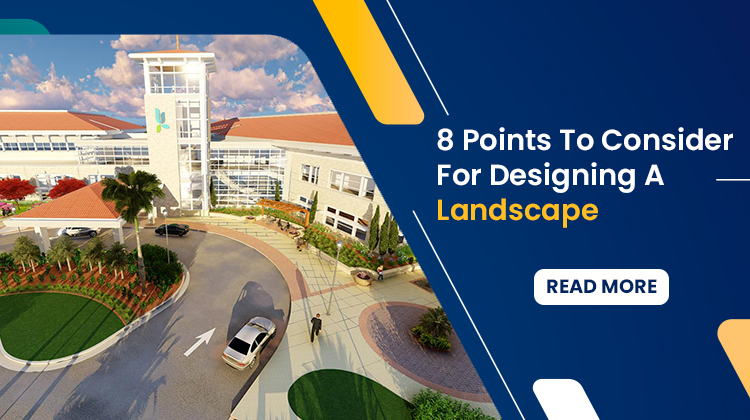The garden adds the beauty and is an important part of your home. It is very important to plan well for the beautification of your garden, So the Bsnl Housing Society helps you with this, Do you want to completely rearrange your landscape or just make a few changes there. Here are 8 points to consider for designing a landscape read below:
1.What is the purpose of landscape?
Think about how much you will use for your yard. Outdoor spaces are often used for recreation, gardening, parties, vacations, occasional vacations, sports play by families, and many more. With these expectations in mind, plan your landscape design accordingly. Think of everyone who could use your yard, especially children and pets when interviewing designers. Then you can choose the landscaping models that are right for them.
2.Depend on climate
The climate situation of the place where you live should be considered in the selection of the tree and the theme for the landscape. Map the area, and locate our shaded areas, and the natural breeze to decide which part of the design best fits that area. Just go through all the 8 points to consider for designing a landscape.
3.Design of the yard
Try to see how the landscape will shape in the future. You may have specific reasons for choosing such a design in the first place. Will those reasons remain the same after a few years? Consider the example of selecting a map design for its general structure, and easily accessible in all corners of the field. But the trees and shrubs you choose are likely to grow into large trees in a few years, so the first purpose of choosing a land map is to damage after.
4.Charges and Cost
Whether you can afford to maintain the overall landscape is another important factor to consider. Choosing low -maintenance plants is a good way to reduce the cost of fertilizers and pesticides. Consulting a mapping professional can help you better manage your land. They can suggest the most affordable and traditional solutions for your green space. I hope You are liking these 8 points to consider for designing a landscape so keep reading.
5.Type of Soil and Used Plants
Think about the type of soil in your yard. It can affect drainage, pH levels, and the type of plant that grows best. Depending on the type of soil, underground drainage arrangements should be made. In addition, if necessary, the soil should be first treated to be converted into a more fertile type such as humus soil.
You will likely have some trees and weeds in your yard before the work is finished. It is important to know which plants can be included in your map. This way, you can avoid the unnecessary removal of all plants and start new ones. Choose plants that have a use other than organic matter. For example, some trees and ornamental plants are suitable for use as a fence or hedges. You can also divide your land according to the types of trees that grow in a particular zone. Temperature, shade and light, and soil conditions, also affect the choice of plants in a particular area.
6.Who going to use your yard
Think about who will use your land and how they will use it. Do children use your land? Do you have a pet? Do you intend to use your land for outdoor recreation? Remember that you can create different spaces for different uses in your landscape using special gardens and hardscapes. Footpaths can be used to move people from one place to another. Be as honest as you can. How much time should you put into your landscape? Or if you don’t have the time do you have the money to pay someone else to put the time in? How much should you invest in your land? Determining the answer to these questions will help ensure the success of your landscape for years to come.
7.Thinks about beautiful themes
A theme can organize your landscape and help guide your plant and options. Themes can be as simple as using shapes or forms in your yard or as complex as building a garden or garden in the East. When deciding on a theme for your yard, a good place to start is to look at the structure of your home. Try to match the lines and architectural styles of your home to your yard; after all, your land is an extension of your home.
8.Highlighted the important parts
The use of unique plants, structures, or garden ornaments allows you to identify a specific part of your landscape. Comparing shapes, colors, sizes, and colors will help capture attention and direct attention to a specific area.

